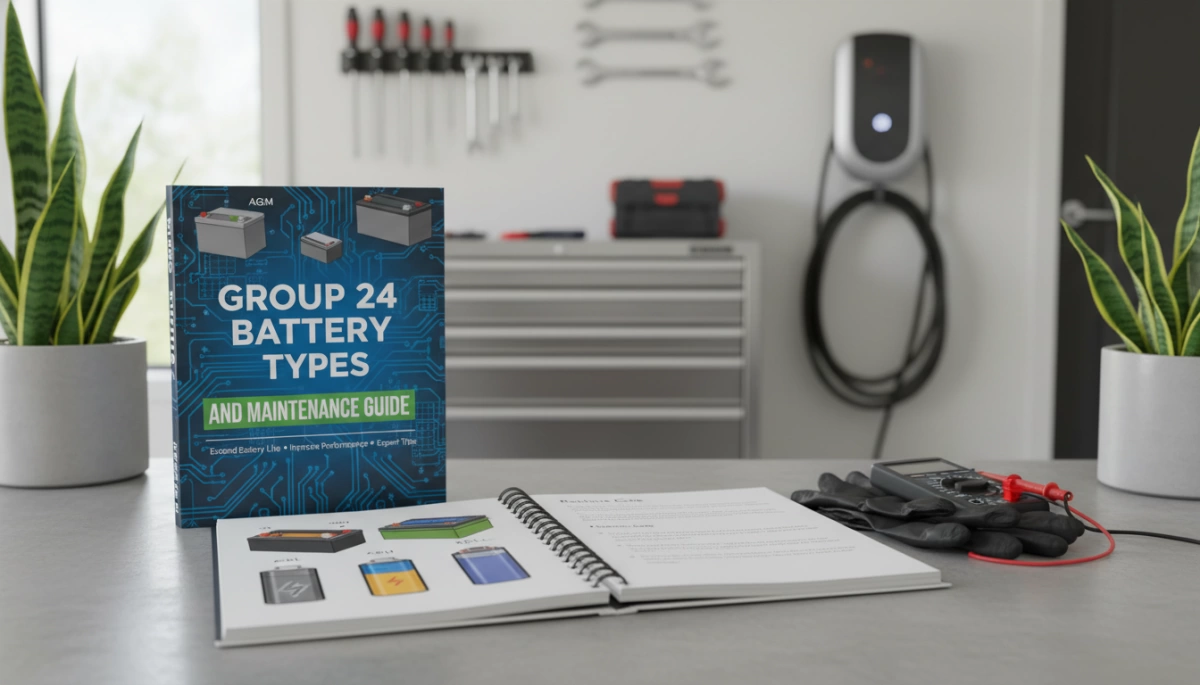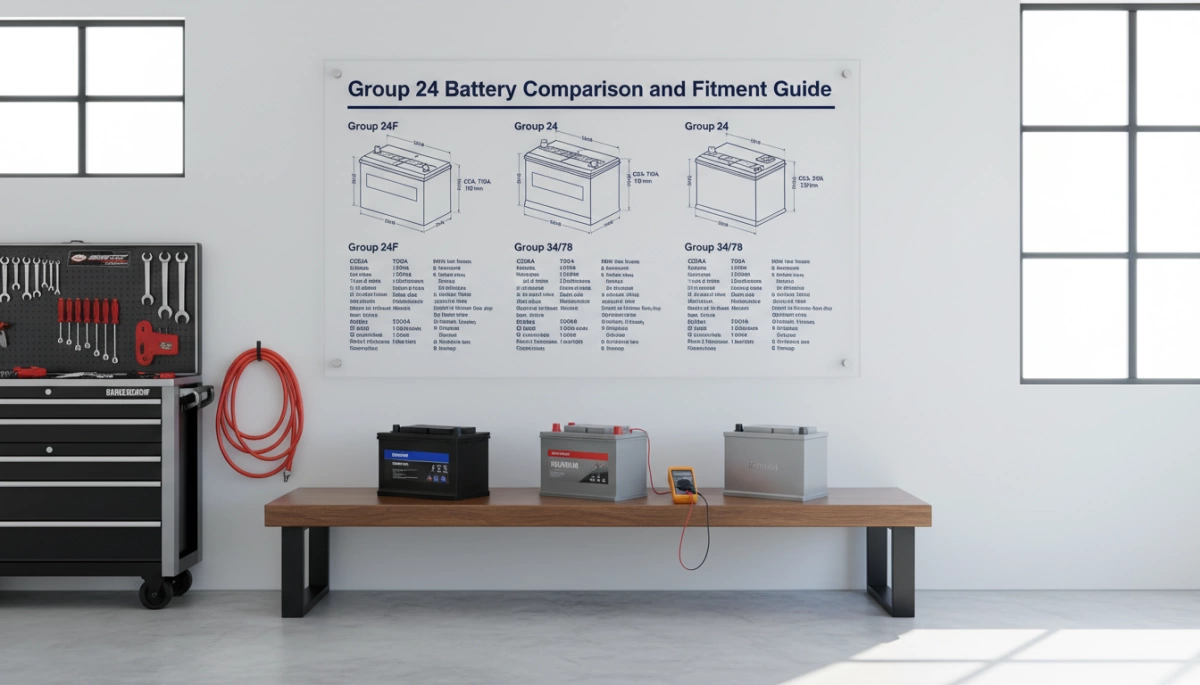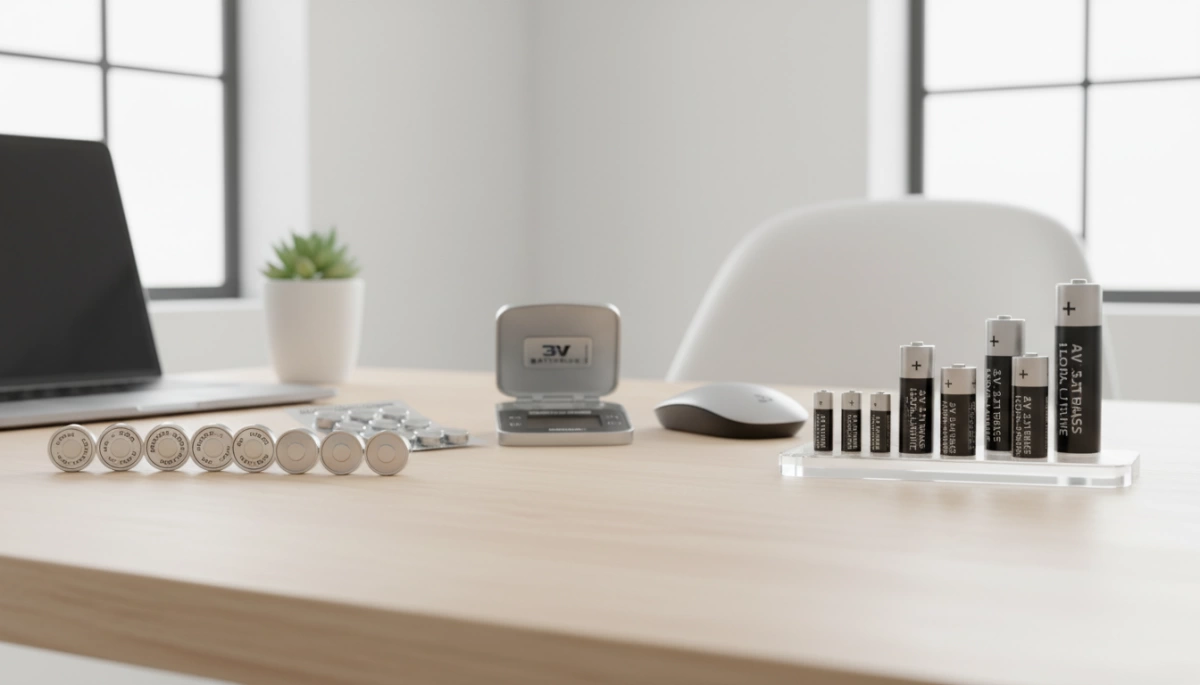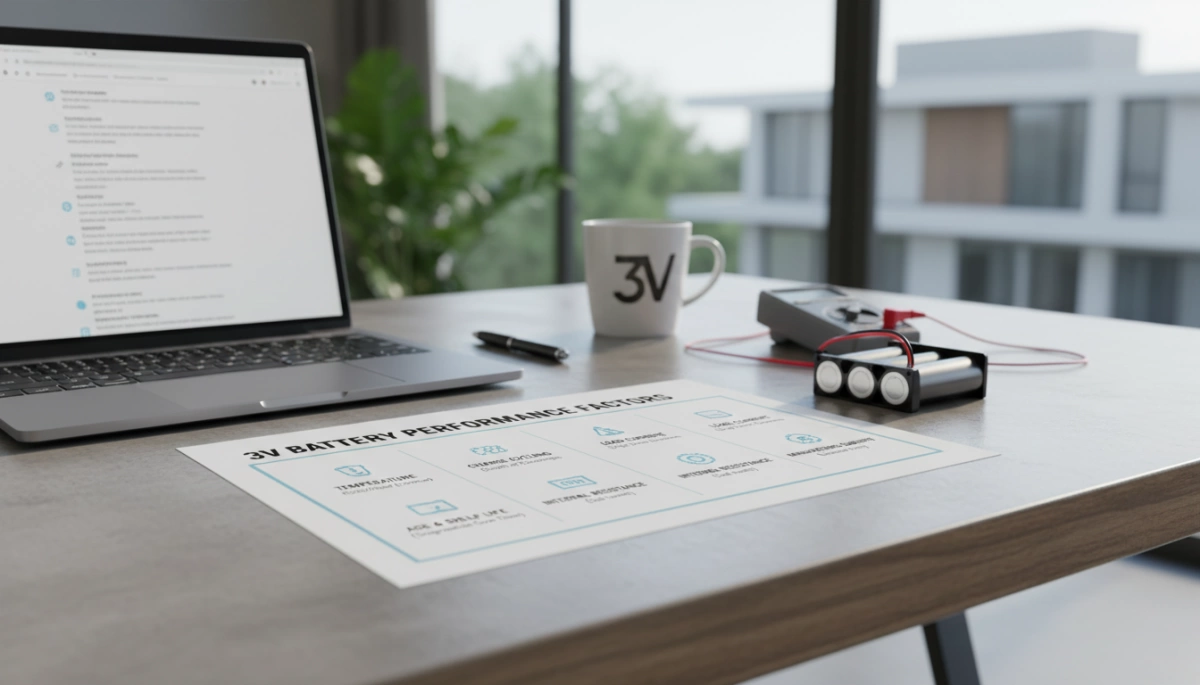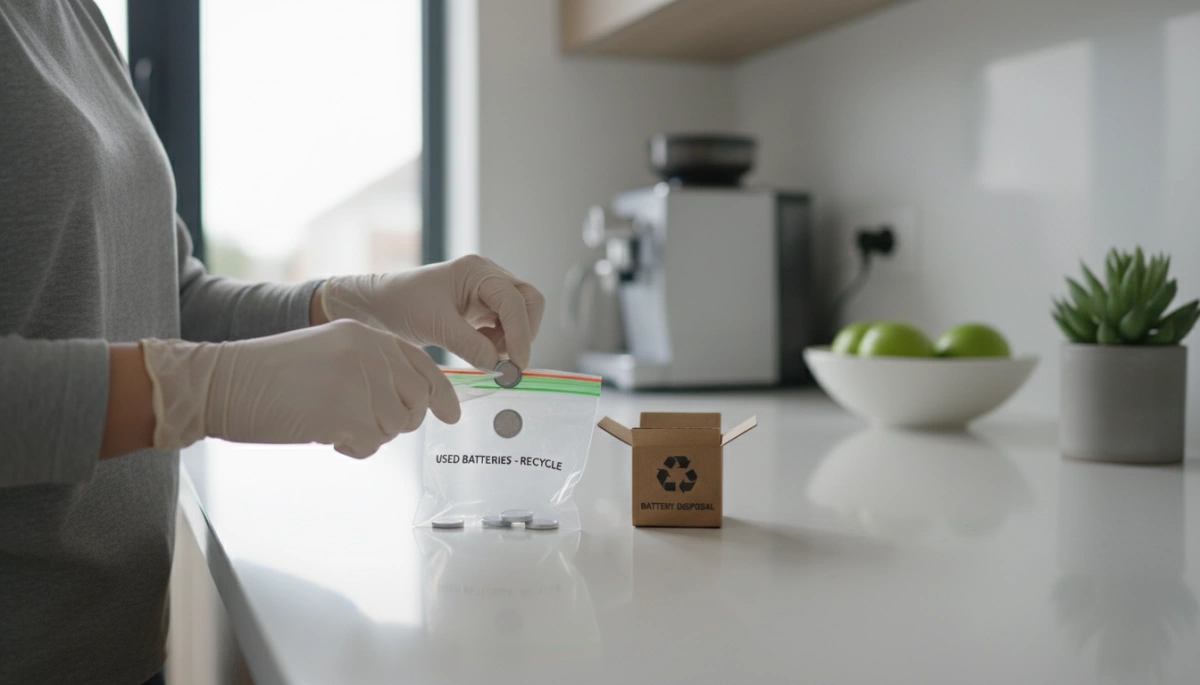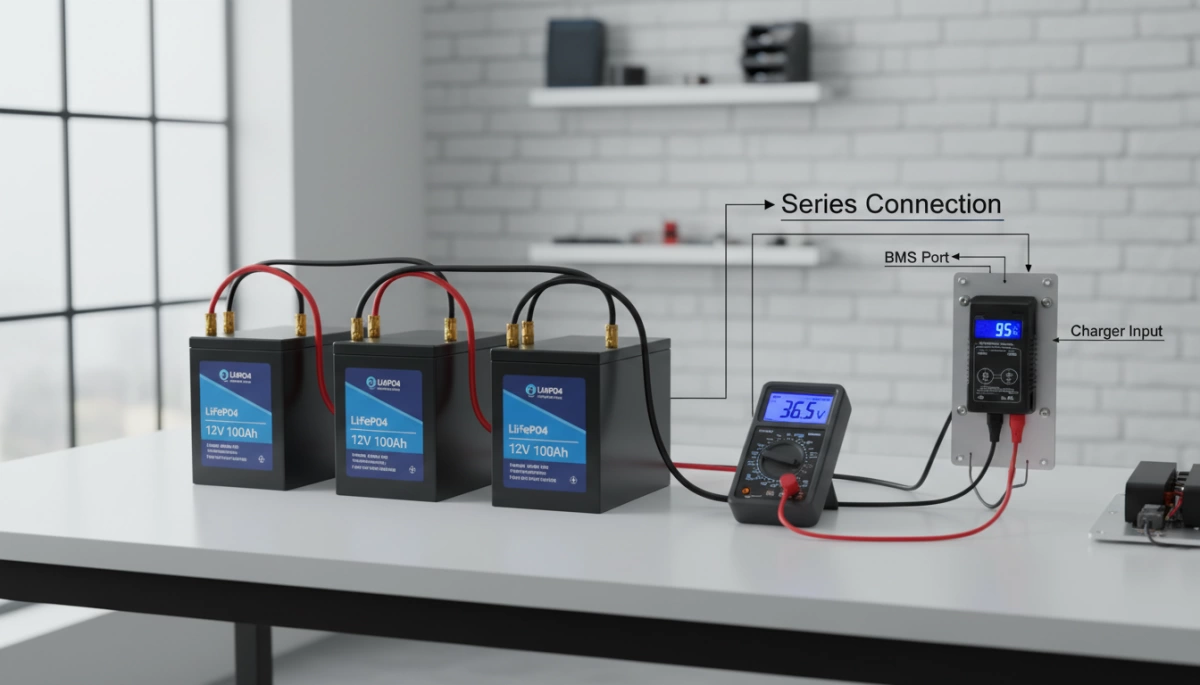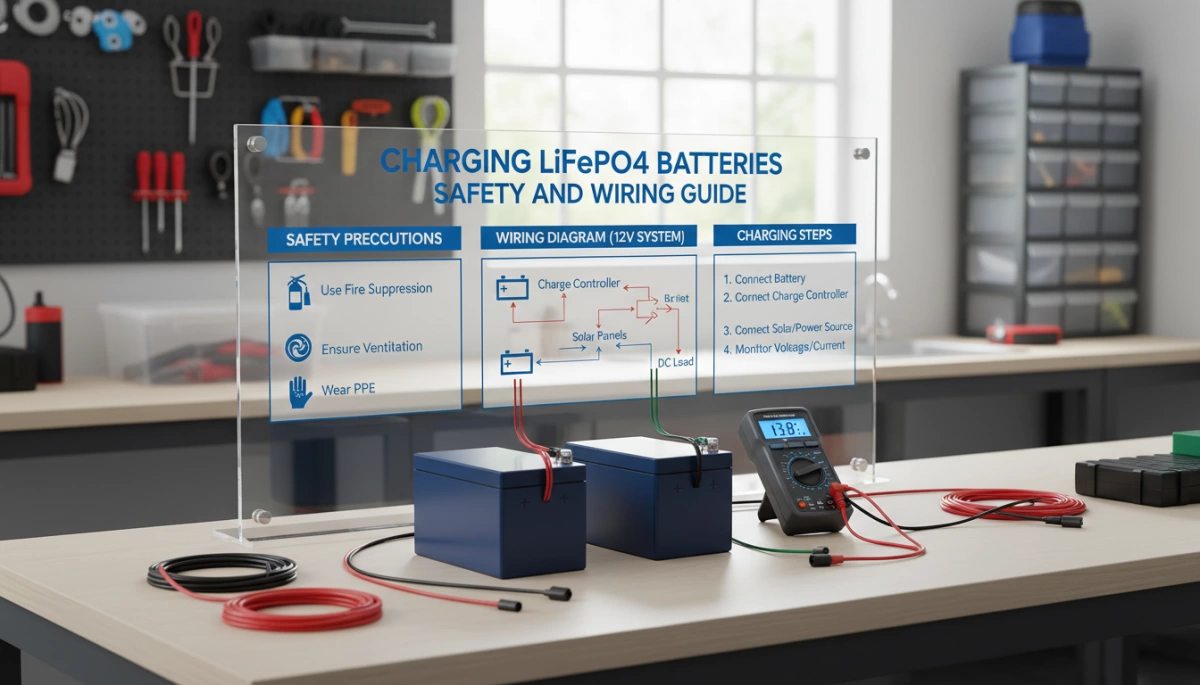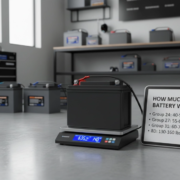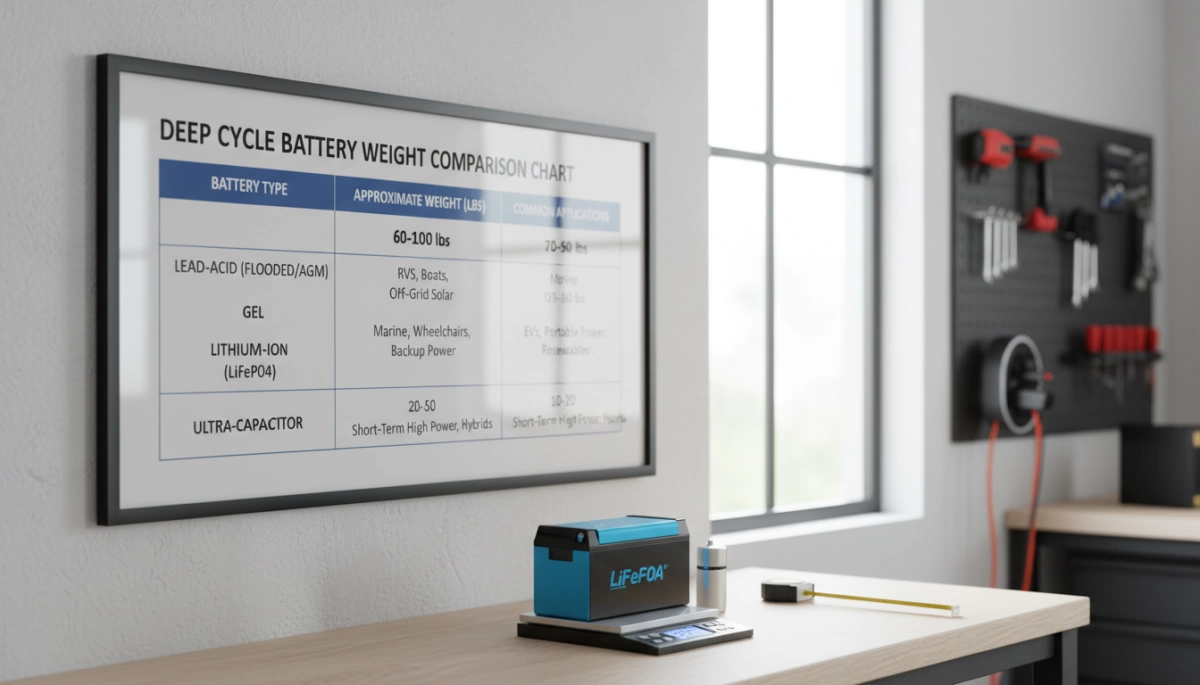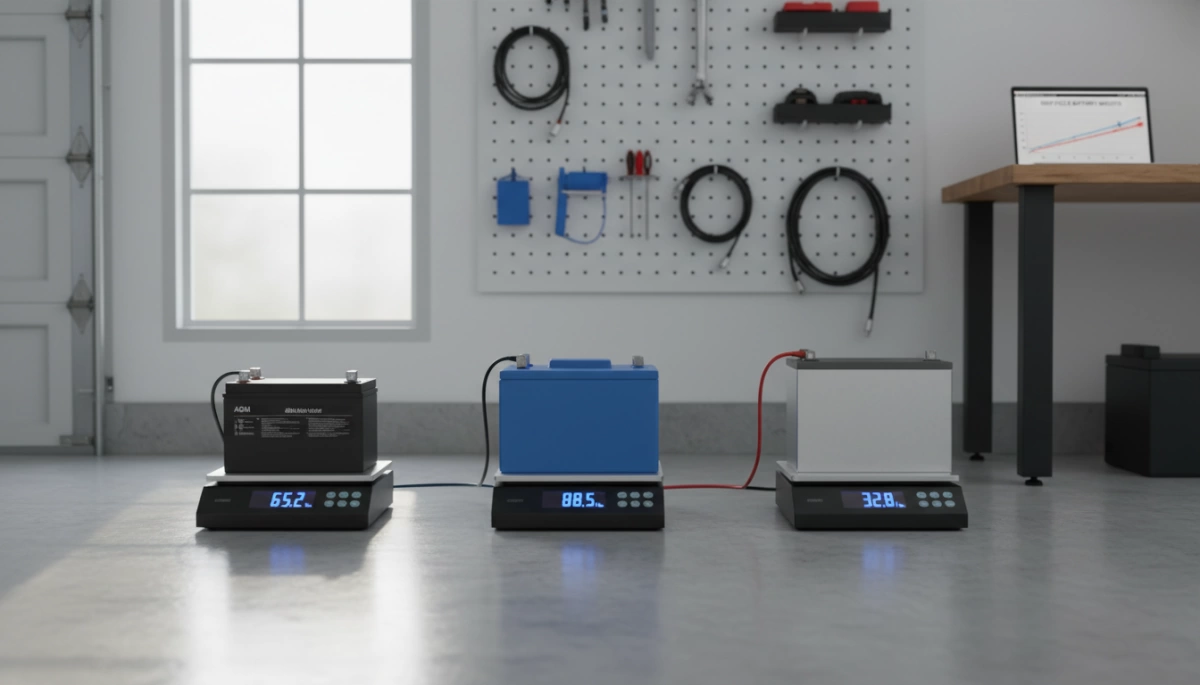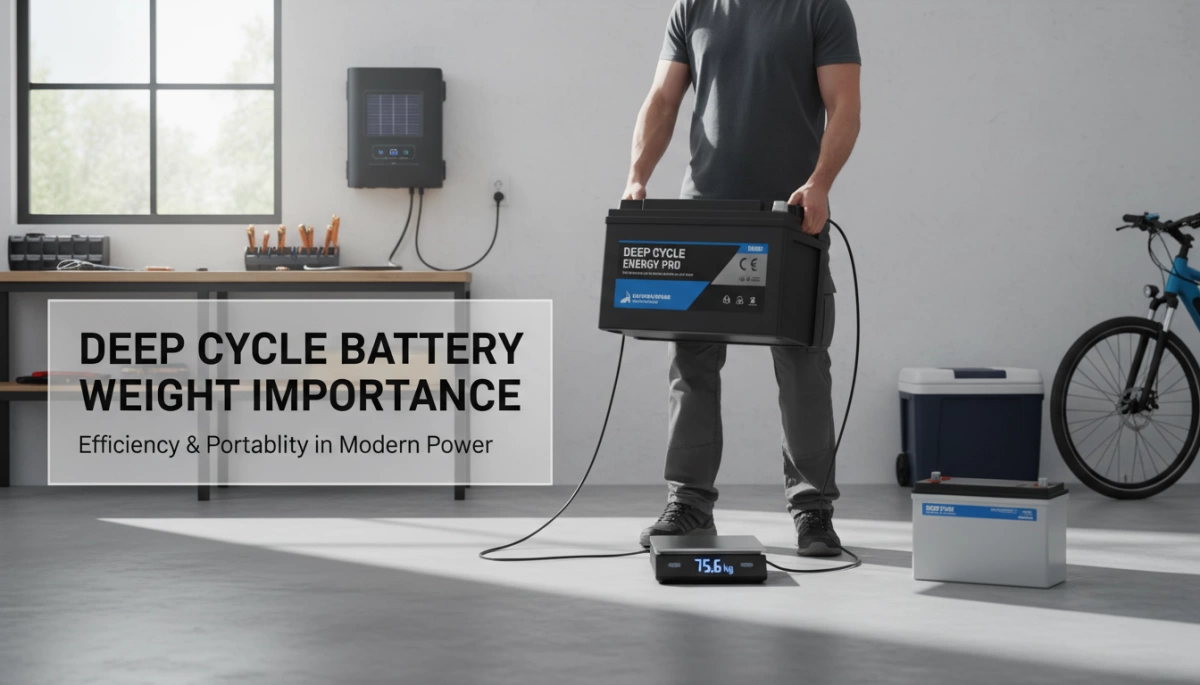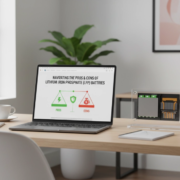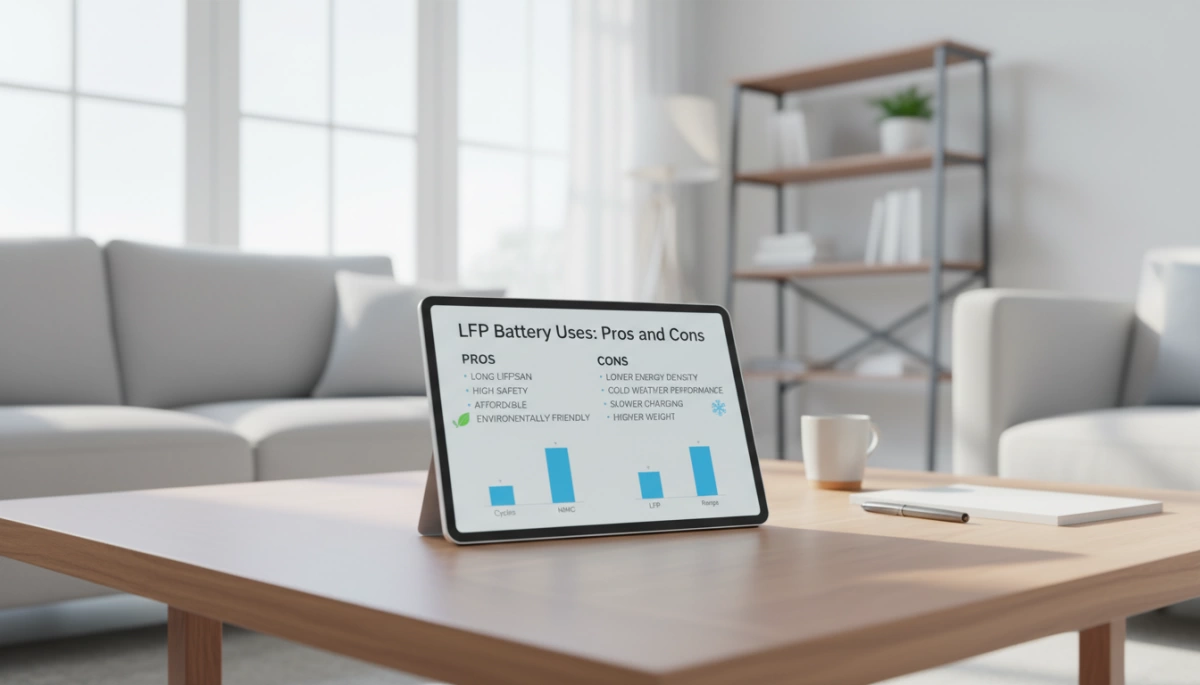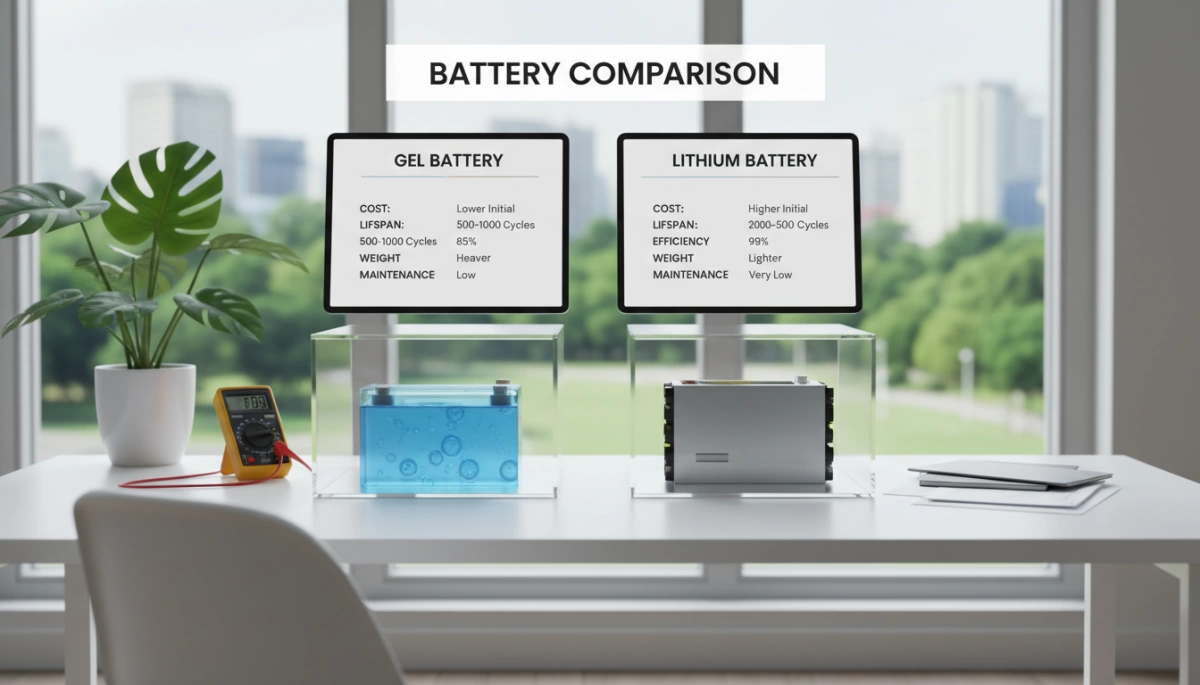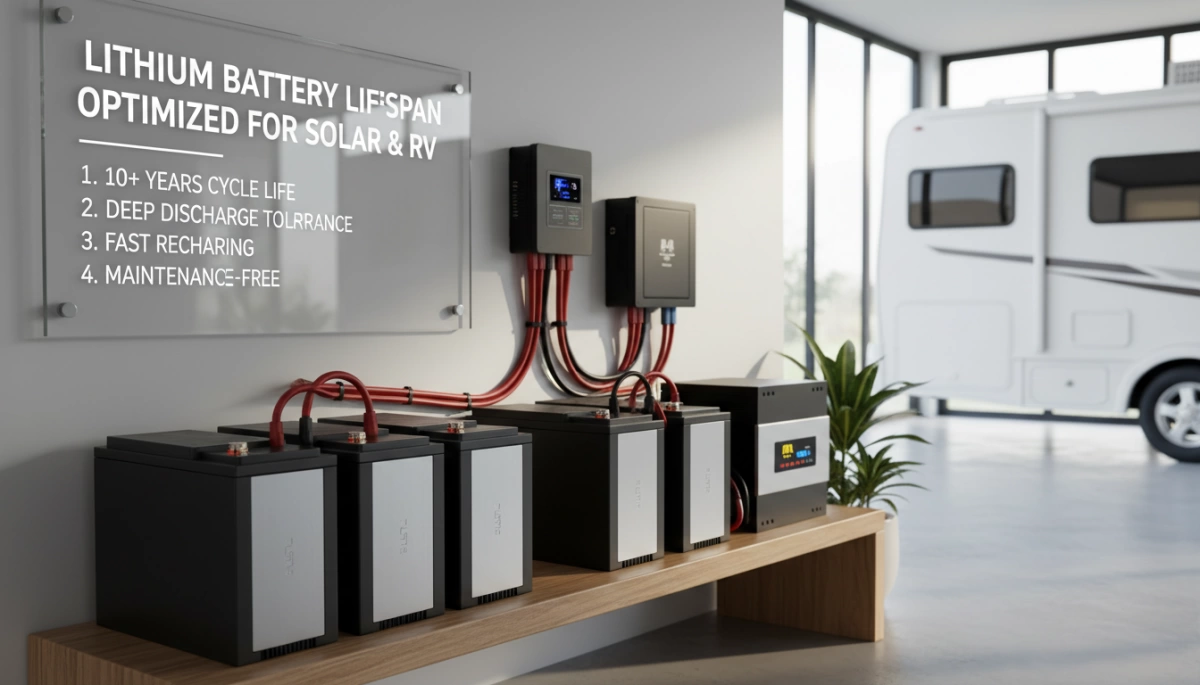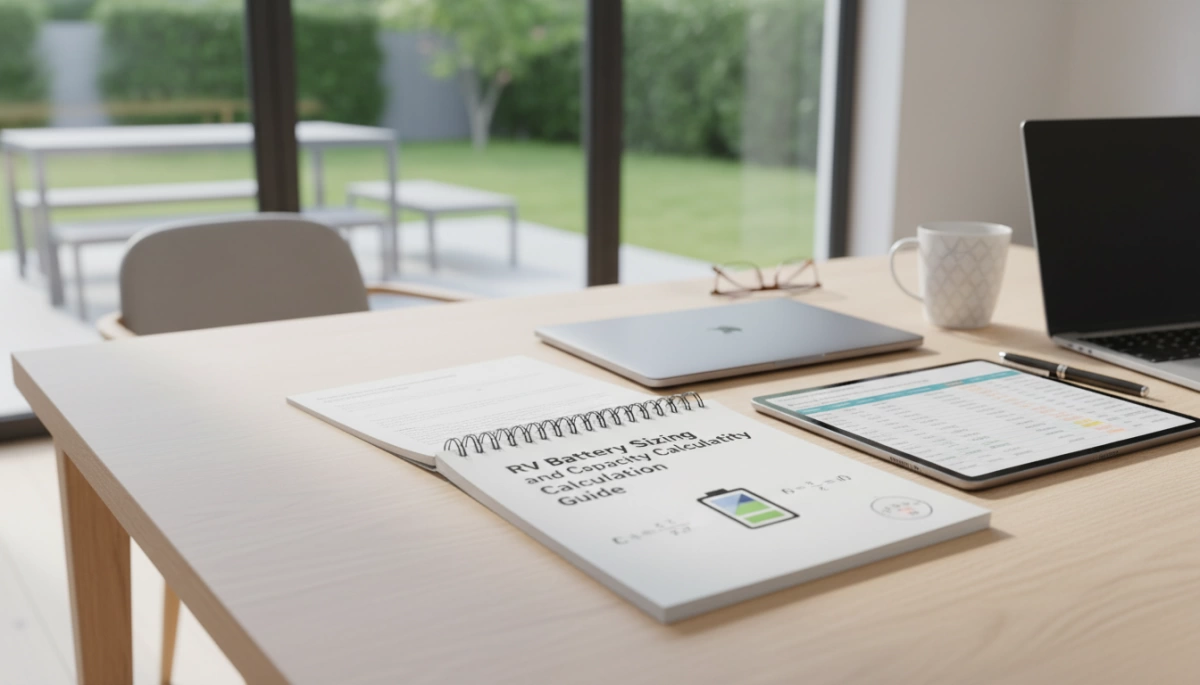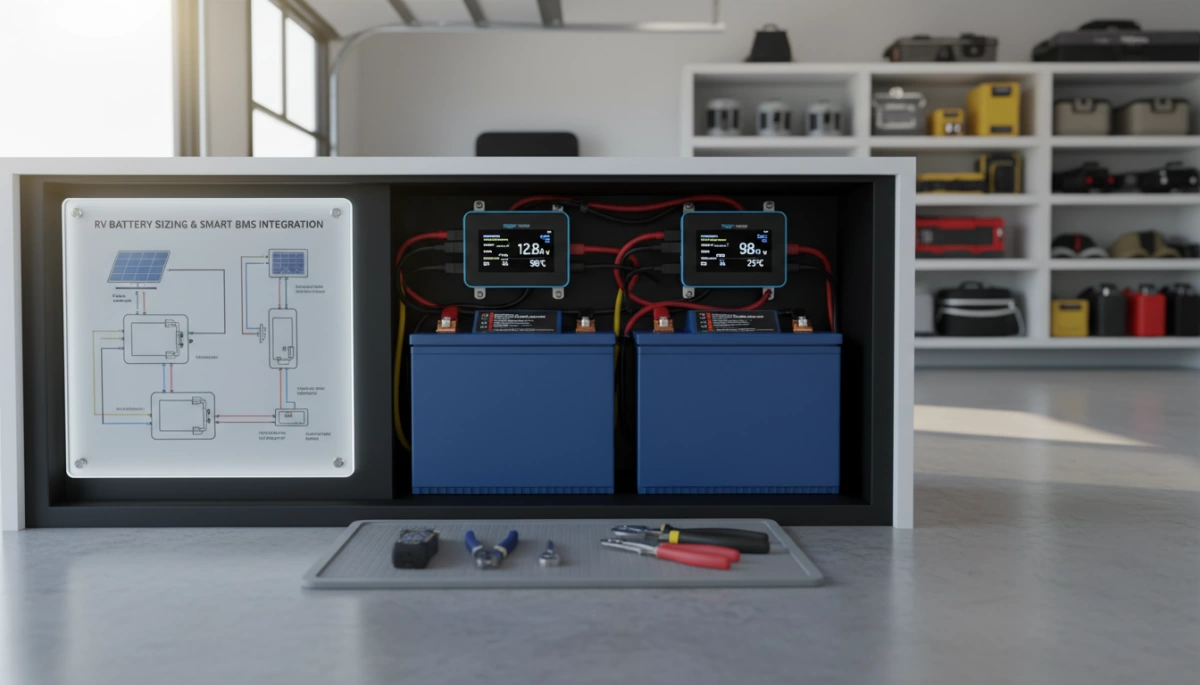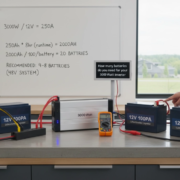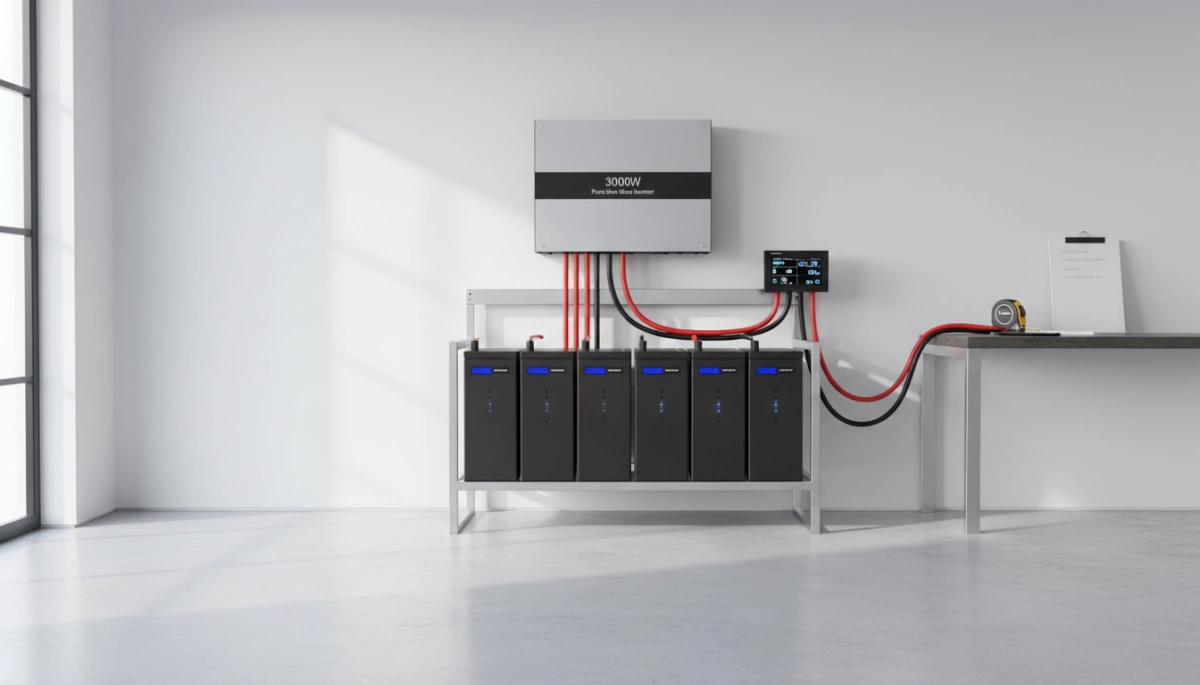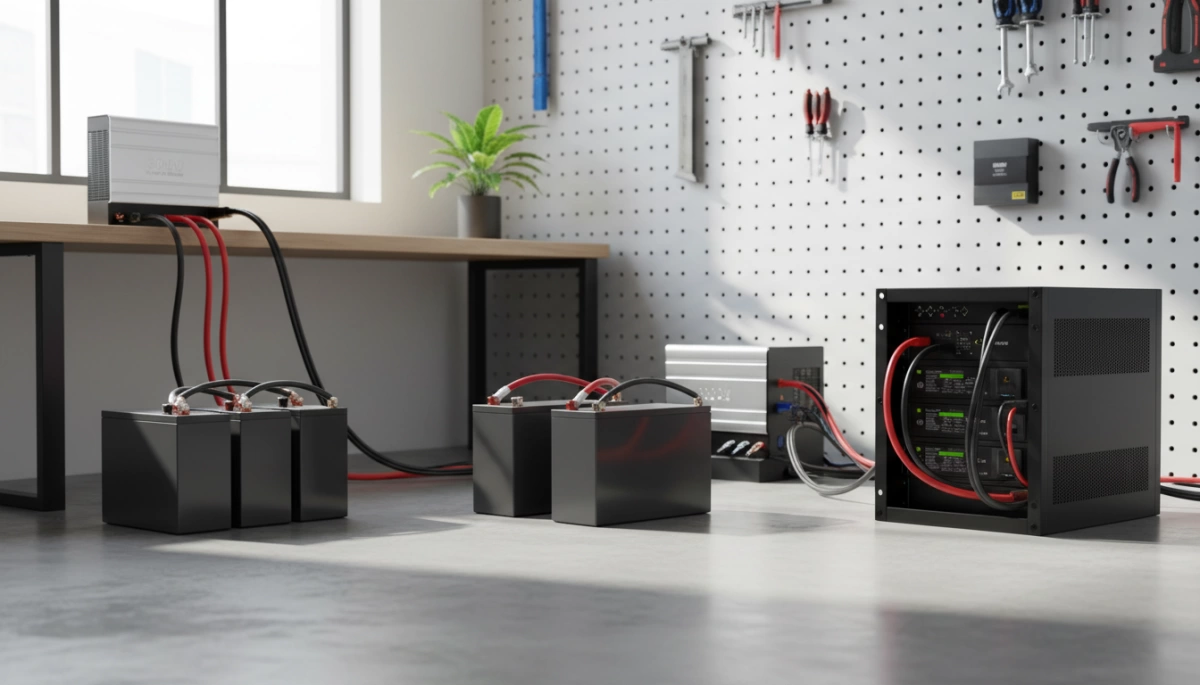Mastering Watt Hours to Amp Hours Guide by Lithium Battery Manufacturer
Key Definitions: What Are Watt Hours and Amp Hours?
Understanding the difference between watt hours vs amp hours is the foundation of building a reliable power system. As a manufacturer, I see many users focus solely on one metric, which often leads to undersized systems or inefficient component selection. To master lithium battery energy storage, you must understand how these two units interact within your power ecosystem.
Amp Hours (Ah) and Charge Capacity
Amp Hours (Ah) measure the charge capacity of a battery. This value tells you how much amperage a battery can provide over a specific period. For example, a 100Ah battery can theoretically deliver 10 amps for 10 hours. In battery capacity calculation, Ah is essentially the “fuel tank” size, describing the volume of electricity available to flow through your wires.
Watt Hours (Wh) and Total Energy
Watt Hours (Wh) represent the total energy or the actual “work” a battery can perform. While Ah measures current volume, Wh accounts for the pressure (voltage) behind that current. This is the most accurate way to measure solar battery capacity because it reflects the actual runtime you can expect.
- Definition: 1 Watt Hour is the energy consumed by a 1-watt load running for one hour.
- Significance: Wh allows for a direct comparison between different battery chemistries and configurations.
- Calculation Utility: Wh is the universal language for sizing appliances and energy storage systems.
Comparing Capacity Across Different System Voltages
The biggest mistake in the industry is comparing batteries by Ah alone without looking at the nominal voltage. When performing a Wh to Ah conversion, the voltage completely changes the energy density of the pack.
| Battery Rating | System Voltage | Total Energy (Wh) | Energy Comparison |
|---|---|---|---|
| 100Ah | 12.8V | 1,280 Wh | Base Unit |
| 100Ah | 25.6V | 2,560 Wh | 2x the energy |
| 100Ah | 51.2V | 5,120 Wh | 4x the energy |
To ensure an accurate battery sizing guide, always convert your requirements to Watt Hours. This ensures that whether you are running a 12V RV system or a 48V home ESS, you are comparing apples to apples regarding the actual power available to your loads.
Mastering Watt Hours to Amp Hours: Expert Tips – Professional Lithium Battery Manufacturer Vendor

To get your battery sizing right, you need to understand the mathematical relationship between energy (Wh) and capacity (Ah). As a professional lithium battery manufacturer, I always emphasize that you cannot compare Amp Hours across different voltages without first converting them to Watt Hours.
The Amp Hours to Watt Hours Formula
This is the battery capacity calculation used to determine the total energy stored in a pack. To find the total energy, multiply the capacity by the nominal voltage:
- Wh = Ah × V
- Example: A 100Ah battery at 12.8V provides 1,280Wh (1.28kWh) of energy.
The Wh to Ah Conversion
When you know your daily energy consumption in Watt Hours and want to find the required battery capacity, use this Wh to Ah conversion:
- Ah = Wh / V
- Example: If you need 5,000Wh of energy for a 48V system, you need a capacity of roughly 104Ah.
Step-by-Step Math for Common Systems
Understanding the amp hours to watt hours formula changes how you view your power needs. Higher voltage systems require fewer Amp Hours to provide the same total energy, which allows for thinner wiring and less heat.
| System Voltage | Capacity (Ah) | Total Energy (Wh) |
|---|---|---|
| 12V System (12.8V nominal) | 100Ah | 1,280Wh |
| 24V System (25.6V nominal) | 100Ah | 2,560Wh |
| 48V System (51.2V nominal) | 100Ah | 5,120Wh |
If you are just starting out with small-scale energy storage, learning how to DIY a 12V LiFePO4 battery pack is a great way to see these formulas in action. For larger setups, always use the nominal voltage of 51.2V for 48V lithium systems to ensure your math reflects the actual performance of the cells. Consistent calculations prevent undersizing your bank and ensure your system runs efficiently under load.
Why Nominal Voltage Matters in Lithium Battery Energy Storage
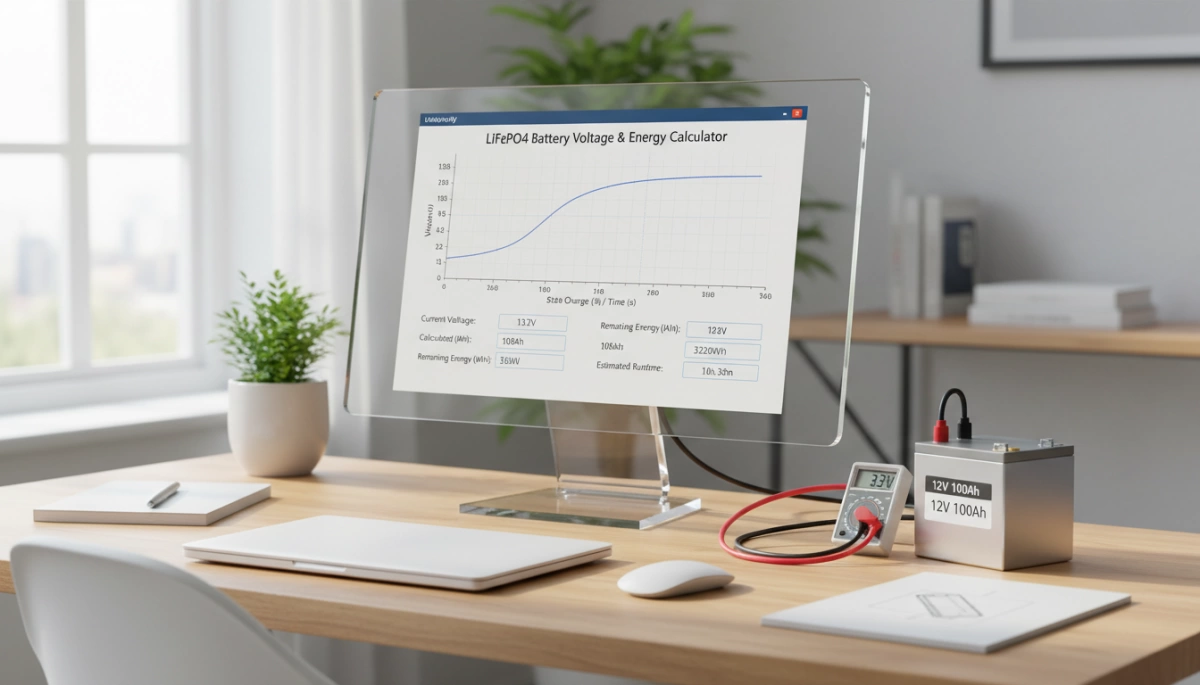
When we talk about mastering watt hours to amp hours, nominal voltage is the most critical variable. In the world of lithium battery energy storage, the “12V” or “48V” labels are often shorthand. For LiFePO4 chemistry, a standard 12V battery actually carries a nominal voltage of 12.8V, while a 48V system is typically 51.2V.
This difference matters because energy (Wh) is the product of capacity (Ah) and voltage (V). If you calculate your system based on 12V instead of 12.8V, your math will be off by nearly 7%. For specialized equipment, such as a 14.8V lithium battery pack for portable oxygen generators, the nominal voltage is precisely engineered to match the device’s specific draw, ensuring the electronics run efficiently without overheating or premature shutdown.
Lithium’s Flat Discharge Curve vs. Lead-Acid
One of the biggest advantages of LiFePO4 is its voltage stability. While lead-acid batteries suffer from a steady voltage drop as they drain, lithium maintains a nearly flat discharge curve.
- Consistent Power: Your inverter and appliances receive stable voltage until the battery is nearly 95% depleted.
- Higher Efficiency: Stable voltage means lower current draw for the same power output, reducing heat in your wiring.
- Accurate Sizing: Because the voltage doesn’t sag under load, your Wh to Ah conversion remains accurate throughout the entire discharge cycle.
Calculating Energy for High-Voltage Packs
In large-scale residential or commercial setups, we move into high-voltage territory to reduce amperage and save on wiring costs. Understanding the jump from 12.8V to 51.2V is vital for correct battery sizing:
| System Type | Nominal Voltage | Capacity (Ah) | Total Energy (Wh) |
|---|---|---|---|
| Standard 12V LiFePO4 | 12.8V | 100Ah | 1,280Wh |
| Standard 24V LiFePO4 | 25.6V | 100Ah | 2,560Wh |
| Standard 48V LiFePO4 | 51.2V | 100Ah | 5,120Wh |
For anyone building a serious power system, always use the manufacturer’s stated nominal voltage rather than the generic system voltage. This ensures your energy storage calculations are spot-on, preventing you from under-sizing your bank and leaving you in the dark.
Mastering Watt Hours to Amp Hours: Expert Tips for Precise Battery Sizing
To get the most out of your energy storage, you must look beyond the basic Wh to Ah conversion. As a professional manufacturer, I see many users overlook real-world system inefficiencies, which leads to undersized power banks. Accurate sizing is the difference between a reliable power system and one that leaves you in the dark.
Accounting for Inverter Efficiency and Energy Losses
No electrical system is 100% efficient. When calculating your usable battery capacity, you have to factor in the “tax” paid during energy conversion.
- Inverter Efficiency Losses: Most high-quality DC-to-AC inverters operate at 85% to 95% efficiency. To be safe, I recommend multiplying your total required Watt Hours by 1.15.
- Wiring Resistance: Power is lost as heat through cables. For RVs and solar setups, using the correct wire gauge is vital to maintaining LiFePO4 voltage stability.
- BMS Consumption: The Battery Management System itself uses a tiny amount of power to monitor and protect the cells, which should be considered for long-term standby applications.
Calculating Usable Capacity and Depth of Discharge (DoD)
The depth of discharge lithium batteries can handle is their greatest strength. Unlike lead-acid batteries, which you should only discharge by 50%, our lithium packs safely offer 80% to 100% of their rated capacity.
- Cycle Life Optimization: For those wanting the longest possible lifespan, I suggest sizing your system for an 80% DoD.
- Usable Wh Formula: (Total Ah × Nominal Voltage) × 0.80 = Safe Usable Watt Hours.
Planning Daily Energy Needs for Solar and RV Systems
When we design configurations for solar lighting or off-grid RV kits, we focus on the discharge rate. It is not just about how much energy you have, but how fast you can pull it out.
- High-Current Loads: If you run heavy appliances like an A/C or microwave, you need a higher Ah rating to stay within the battery’s continuous discharge limits.
- Sizing for Autonomy: Always plan for “days of autonomy.” If your solar panels can’t charge for two days due to weather, your lithium battery energy storage should have enough Wh to bridge the gap.
By mastering these calculations, you ensure your high-cycle LiFePO4 batteries perform exactly as expected, providing reliable power for years to come.
Mastering Watt Hours to Amp Hours: Practical Sizing Examples
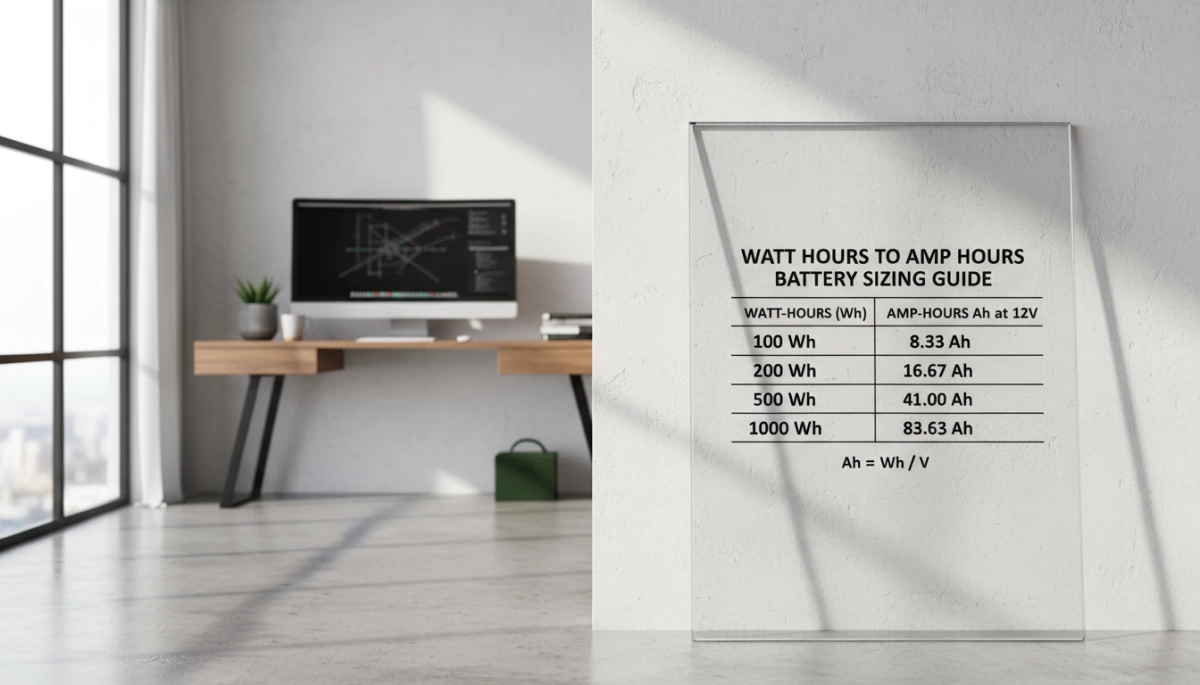
When I design a lithium battery energy storage system, I always start with the total energy requirement in Watt Hours (Wh). For a standard 10kWh home solar storage system, the battery capacity calculation depends entirely on your system voltage. If you are running a 48V (nominal 51.2V) setup, you need approximately 200Ah of capacity to hit that 10.24kWh mark. Using a 24V system would require 400Ah for the same energy, illustrating why higher voltage is more efficient for large-scale residential use.
Comparing 100Ah Batteries at Different Voltages
A “100Ah battery” isn’t a fixed amount of energy. The voltage determines how much work the battery can actually do. This is a critical step in any battery sizing guide for RVs or solar setups.
| Voltage (V) | Amp Hours (Ah) | Total Energy (Wh) | Use Case |
|---|---|---|---|
| 12.8V | 100Ah | 1,280Wh | Small RVs / Vans |
| 25.6V | 100Ah | 2,560Wh | Trolling Motors / Small Off-grid |
| 51.2V | 100Ah | 5,120Wh | Home Energy Storage |
For specialized projects, we often utilize the 11.1v 15ah 18650 lithium battery for industrial supporting equipment to provide precise energy density for compact devices where traditional 12V blocks are too bulky.
Runtime Estimates and Nuranu Configuration
To use a battery runtime calculator effectively, you must factor in the continuous load. If you have a 5.12kWh (5120Wh) battery pack, here is how long it will power typical American household appliances at a 90% depth of discharge:
- Full-size Refrigerator (150W): ~30.7 hours
- LED Lights & Laptop (100W): ~46 hours
- Space Heater (1500W): ~3 hours
- Central AC (3000W): ~1.5 hours
Our Nuranu configuration charts emphasize that while Wh to Ah conversion is a mathematical certainty, your actual runtime is influenced by discharge rates. High-draw appliances deplete the solar battery capacity faster due to heat and slight efficiency drops, even with the superior stability of LiFePO4 chemistry. Understanding these comparisons ensures you don’t undersize your bank and leave your home in the dark.
Mastering Watt Hours to Amp Hours: Advantages of LiFePO4 for Usable Energy
When maximizing your power potential, understanding battery chemistry is just as vital as the math. As a professional lithium battery manufacturer vendor, we prioritize LiFePO4 technology because it offers the most efficient performance for any lithium battery energy storage project. Mastering Watt Hours to Amp Hours: expert tips begins with selecting a battery that maintains its voltage and delivers every bit of stored energy.
- LiFePO4 Voltage Stability: This is the key to longer runtimes. Unlike lead-acid batteries that see a significant voltage drop as they discharge, LiFePO4 voltage stability ensures your equipment receives steady power until the battery is nearly depleted.
- Grade A Prismatic Cells: We build our packs using premium Grade A prismatic cells. These provide superior thermal stability and higher energy density, ensuring your investment lasts for years.
- Integrated Smart BMS: Every battery we produce features a smart Battery Management System. This tech balances cells and protects against over-discharge. For the best results, consult our LiFePO4 battery care guide to keep your high-cycle LiFePO4 batteries in peak condition.
- Scalable Modular Designs: Our systems are designed for flexibility. Whether you are powering a small off-grid cabin or a large commercial ESS, our modular units allow you to scale your capacity effortlessly as your energy demands increase.
By choosing high-quality LiFePO4, you ensure that your calculated Watt Hours translate into actual, usable power in the field.



